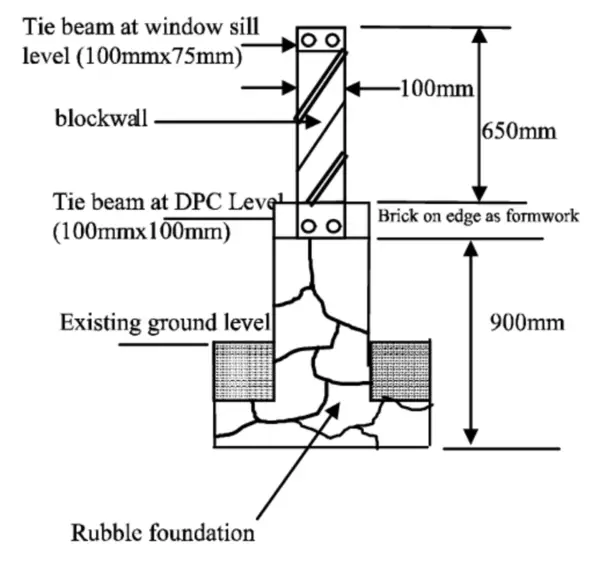10 Ideas of Vaulted Ceilings
Vaulted ceilings, also known as sloped or cathedral ceilings, are a popular architectural element that can add dramatic style and expanded space to a room. This comprehensive guide covers everything about vaulted ceilings including definitions, types, pros and cons, design considerations, construction, and decorating ideas. A vaulted ceiling refers to any ceiling with a raised…





